Exothermic welding - is a welding of metal parts with liquid metal, resulting in a chemical reaction accompanied by heat (high heat). The main component of this type of welding is a thermite.
A thermite is a powder mixture consisting of two metals:
- A second metal oxide with a small formation heat (e.g., copper or iron oxide).
- Metal having a large oxidation heat. For example, aluminum, which has a very high activity, compounding with oxygen - due to which, under certain conditions, it is easy to recover of other metals from the oxides.
Thermites are used in weapons - in fire bombs, metal industry - aluminothermy and for metal welding.The thermites from a pair of "iron cinder+ aluminum" and of "copper oxide + aluminum" are most frequently used at the exothermic welding. These mixtures burn, giving metallic iron or copper, in the second case, and alumina. The reaction is accompanied by a temperature of more than 3000 ° C.
A special fire-resistant form - the crucible is used for the operation. A portion of the termite is being ignited this form, after which it rapidly burns and the crucible is filled with a highly superheated liquid-alloy.
In a small period of time, due to different weights of components, the liquid alloy is divided into two layers, liquid metal (iron or copper) at the bottom and the liquid slag, mainly composed of alumina on top.
Welded products are poured with the settled liquid alloy. In this case the surfaces of products are heated to welding heat (not melting the metal), and interfuse with the liquid alloy metal.
Exothermic welding is used for welding of rails, steel pipes, to repair steel, cast iron parts for the assembly of various products (for example, ground electrode and copper wire).
For the ease of use, different complete kits that include everything you need for welding are formed.
Exothermic welding of conductors.
Welding with the use of thermite "copper oxide + aluminum" ensures the highest-quality contact between two conductors. These are excellent weld joints that will never wear off, rust, and the resistance of which will never grow.
This method provides the ability to create bindings on a molecular level for different materials without any external heat or energy sources:
- "copper - copper"
- "copper - zinc-coated steel"
- "Copper -" carbon "steel"
- "copper - copper-coated steel"
- "copper - stainless steel"
- "copper - bronze"
- "copper - brass"
- and even "steel - steel"
A crucible- graphite form can fit a conductor and a thermite (charge). During the reaction, in the result of replacement of copper oxide by the aluminum, a liquid alloy of a very high temperature, consisting of copper and aluminum oxide is being formed.
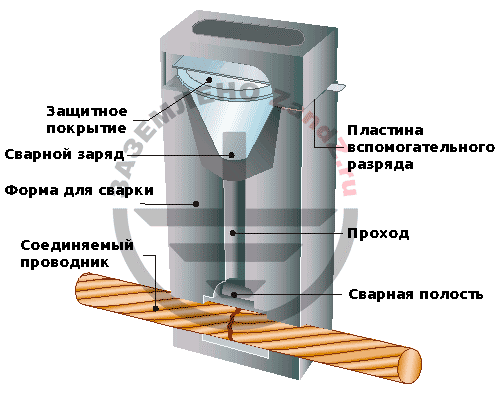
Advantages of exothermic welding.
Joints made with the use of exothermic welding, have a number of indisputable advantages:
- secure connections between conductors of different metals are ensured;
- the limit current load is equal to or higher than the full load of the conductor;
- the system is completely autonomous and requires no external power or heat;
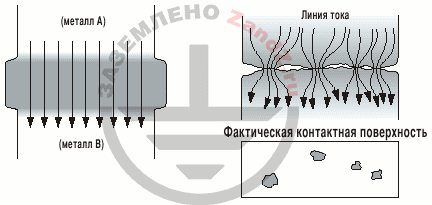
- The permanent compounding on a molecular level, which is not subject to mechanical weakening and corrosion, which ensures the long life of the compound, equal to the lifetime of the assembly;
- resistance to repeated short-circuit currents;
- The melting point of welding fillers is higher than the melting point of copper (1082 ° C); For this reason, at abnormal heating caused by high short-circuit current, the destruction of the compound will happen later than the destruction of the conductor;
- easy visual verification of connection quality;
- minimal installation training;
- ease of operation, storage and transportation (by air, land or sea transport in unlimited quantity) of the required welding components;
- short installation time.
You can choose one of the ready-made kits for the exothermic welding:
The procedure of holding the exothermic welding
The procedure of connecting two conductors using the exothermic welding on the example of a universal welding construction.
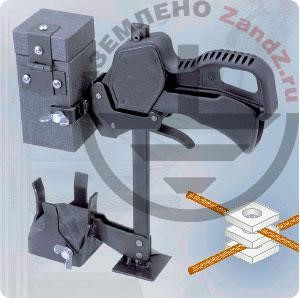
1. The conductors are placed on asbestos "pads".
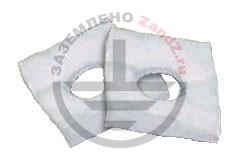
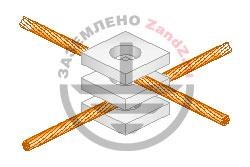
2. The resulting "sandwich" is assembled on the form. A thermite / welded charge is being set.
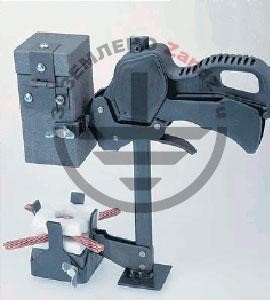
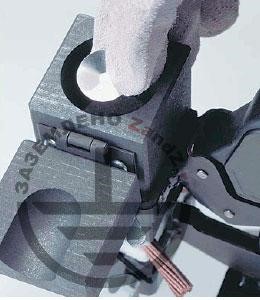
3. The charge is ignited and the compounding is ready.
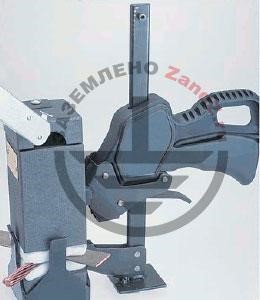
The entire procedure takes less than a minute (two minutes together with cooling).
Examples of use
Exothermic welding features (some examples).
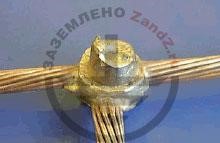
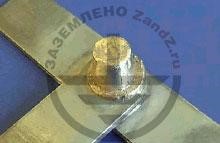
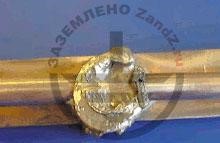
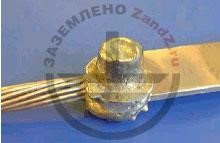
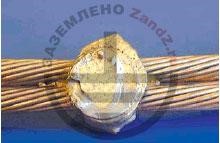
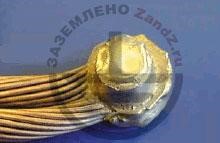
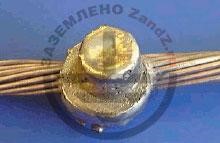
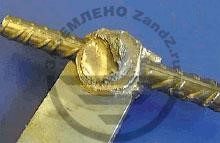
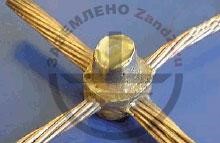
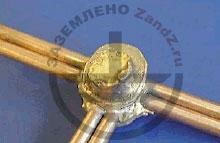
You can choose one of the ready-made kits for the exothermic welding:
Related Articles:



